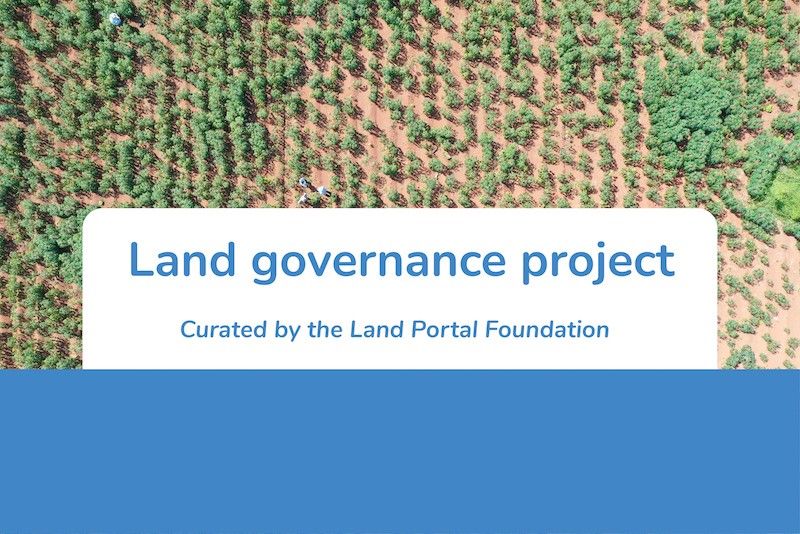Community / Land projects / Consolidating biodiversity and land conservation policies and actions as pillars of sustainable development
Consolidating biodiversity and land conservation policies and actions as pillars of sustainable development

€2336877.103
11/21 - 11/26
Активно
This project is part of
Implementing Organisations
Donors
Data Providers
Objectives
To strengthen the systemic, financial and institutional capacity for biodiversity conservation and sustainable land management, enhancing the effectiveness and sustainability of protected area management, stewardship of private lands and human well-being
Other
Note: Disbursement data provided is cumulative and covers disbursement made by the project Agency.
Target Groups
24. The socioeconomic benefits to be delivered by the project at the national level will consist of enhancing capacity of staff from public institutions (e.g., MVOTMA, MGAP, and MINTUR) for incorporating biodiversity and ecosystem service conservation into strategic land use planning and environmental assessments, as well as for implementing conservation, restoration, and monitoring and control actions on the ground. At the local level, local governments will also participate in this training, which will benefit 150 to 200 people. Also at the local level, private stakeholders, including women groups, will benefit from economic and non-economic incentives to promote private conservation initiatives, restoration of ecosystems and degraded lands, sustainable agriculture, and sustainable provision of ecosystem services, inside and outside the PAs. Incentives will include payment for restoration services to landowners (palm communities, coastal micro-watersheds); these payments will be made possible through low-value grants by the project to local formalized organizations, following UNDP guidelines for low-value grants and with a criterion for disbursement tied to the results. Local stakeholders (cattle ranchers, agricultural producers, CSOs, technicians) will also benefit from training in ecosystem restoration and improved production practices, including agroecology and adaptive management of cattle ranching. The socioeconomic impact of the interventions will be evaluated to estimate the benefits from restoration and conservation activities conducted by the project. The results will be analyzed jointly with the local stakeholders through participatory processes. The project will train PA staff and other relevant stakeholders (CSOs, producers, departmental staff, and staff from other state agencies) in monitoring, and data collection and interpretation as part of the implementation of monitoring plan for assessing the effectiveness of six PAs in protecting vulnerable ecosystems and endangered and/or vulnerable species. In total, the project will directly benefit 2,340 people (50% women and 50% men).




